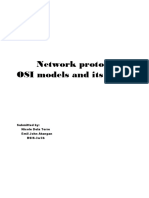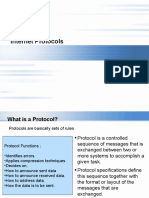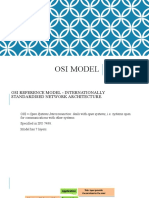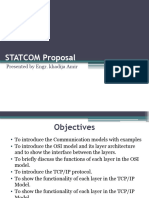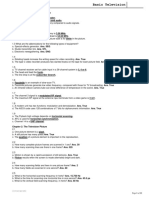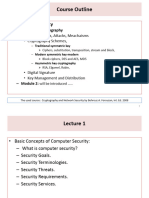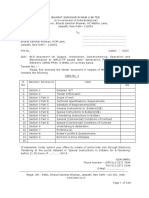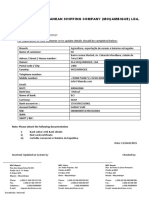0% found this document useful (0 votes)
46 views36 pagesOsi and Tcp/Ip Model: DR - Tanuja S.Dhope
The document compares and contrasts the OSI model and the TCP/IP model. The OSI model has 7 layers - physical, data link, network, transport, session, presentation, and application layer. Each layer has distinct functions and protocols define the rules for communication between layers. The TCP/IP model has 4 layers - host-to-network, internet, transport, and application layer. The internet layer uses IP to route packets independently to their destination. Transport layer handles segmentation and reassembly while application layer provides services like email, file transfer etc.
Uploaded by
Anmol PatilCopyright
© © All Rights Reserved
We take content rights seriously. If you suspect this is your content, claim it here.
Available Formats
Download as PPTX, PDF, TXT or read online on Scribd
0% found this document useful (0 votes)
46 views36 pagesOsi and Tcp/Ip Model: DR - Tanuja S.Dhope
The document compares and contrasts the OSI model and the TCP/IP model. The OSI model has 7 layers - physical, data link, network, transport, session, presentation, and application layer. Each layer has distinct functions and protocols define the rules for communication between layers. The TCP/IP model has 4 layers - host-to-network, internet, transport, and application layer. The internet layer uses IP to route packets independently to their destination. Transport layer handles segmentation and reassembly while application layer provides services like email, file transfer etc.
Uploaded by
Anmol PatilCopyright
© © All Rights Reserved
We take content rights seriously. If you suspect this is your content, claim it here.
Available Formats
Download as PPTX, PDF, TXT or read online on Scribd
/ 36






















